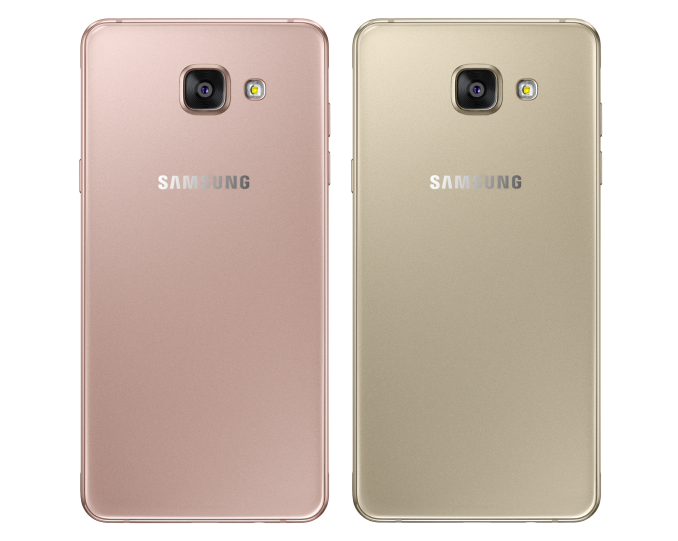Apple Releases iOS 9.2
Today Apple released iOS 9.2 to iPads, iPhones, and iPods worldwide. The update is another incremental release, improving on features and removing bugs that are still lingering since the release of iOS 9 earlier this year. This time around, Apple’s change log is fairly substantial, and it looks like there’s a bit more detail on some of the major bugs and stability fixes being made, which are often not highlighted in the list included with the OTA update.
One notable feature addition in the update is support for Mail Drop in the Mail application, which allows you to send attachments that are several gigabytes in size by storing them in iCloud. It’s a bit surprising that Mail Drop has taken so long to make its way over to iOS, but the relatively small size of the files that iOS users would have been attaching in the past may have played a role. With support for recording and editing UHD video on newer devices the feature has become more relevant.
The Music app sees a number of improvements relating to Apple Music as well. You can now download albums or playlists to local storage from your iCloud Music Library by tapping the iCloud button next to their listing in the app. There’s also an indicator to let you know whether tracks are stored locally or being streamed from the cloud. Apple has also improved the display of metadata for classical music, with listings for works, composers, and performers, along with a few additional UI and functionality changes.
Other notable changes include support for 3D Touch in iBooks on the iPhone 6s and 6s Plus, a new Top Stories section in Apple News, and support for Siri in Saudi Arabia and the United Arab Emirates.
As for the bug fixes and improvements, there are a great number of them and I can’t list them all here. Some of the ones that stand out to me are a fix for a bug that would disable alarms when updating iOS, which is something that caused a number of people who rely on their phone alarms to not be woken up when iOS 9.1 was released. They’ve also fixed an issue where the iPad keyboard would randomly trigger the text selection mode, which is something that I’ve encountered myself. Other fixes include layout changes to the calendar app to fix a bug that prevented all seven days of the week from showing up in the week view,
On the hardware and software side, the update brings one final change which is support for Apple’s new USB Camera Adapter. This product was just released today, and it improves on the older camera adapter by supporting USB 3 transfer speeds on the iPad Pro, and bringing support for iPhones which were previously not supported. The old lightning camera adapter should now also work with the iPhone 5 and up, but it appears that the 30pin version is still limited to iPads, and all versions of the iPod Touch are left off the support list.
iOS 9.2 is rolling out now, and by the time you read this you should be able to download it to your device by visiting the software update section of the iOS settings application. The size of the OTA update on an iPhone 6s is 271MB, while on an iPad Mini 4 it’s 260MB. When updating, you can view the full change log for the update by clicking on the learn more button underneath the update highlights.






